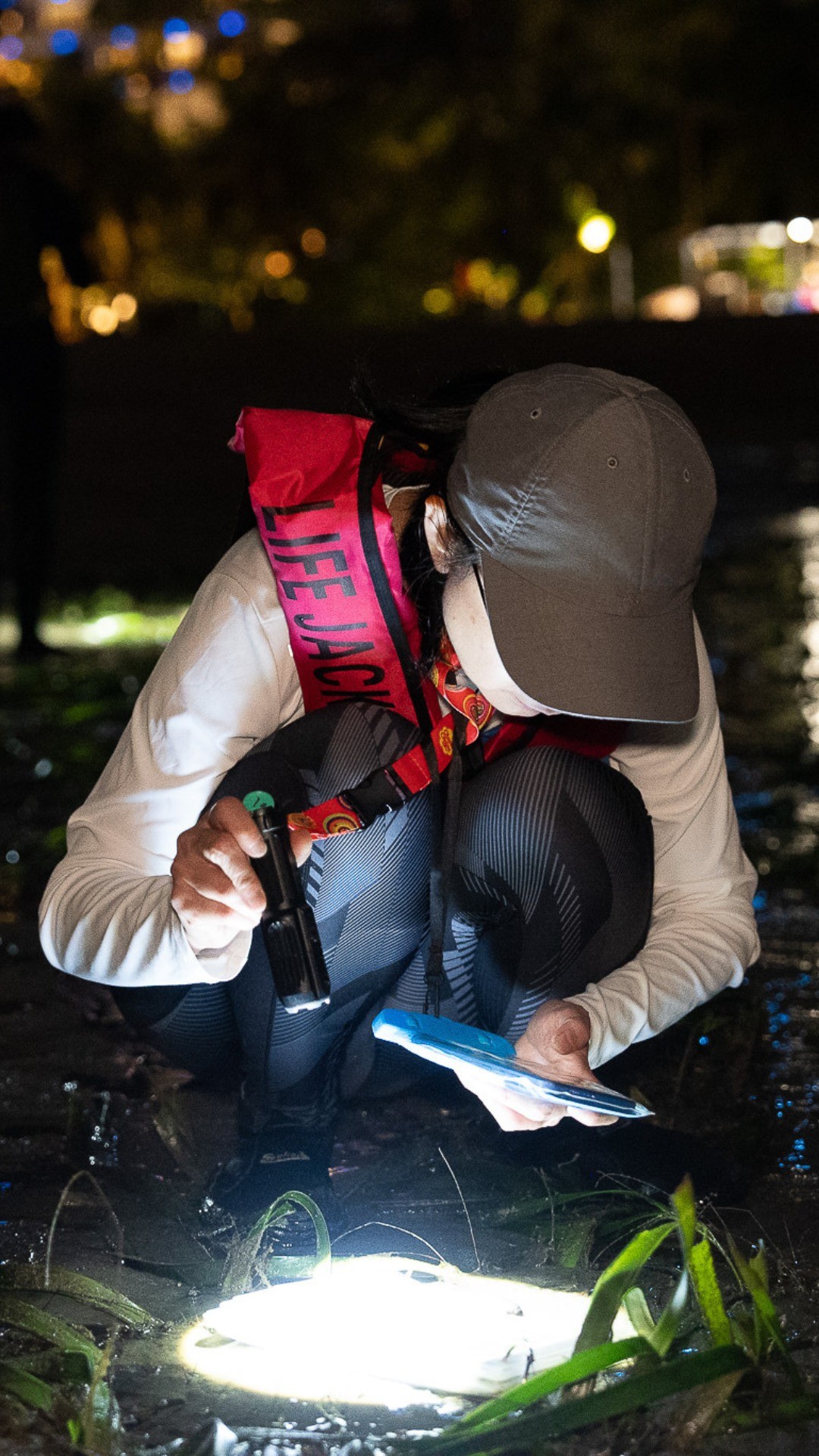- Collaboration between conservation teams and citizen scientists highlights the importance of community involvement in environmental efforts.
- The intertidal survey at Sentosa’s Siloso Beach uncovers rich marine biodiversity, integral to Singapore’s ecological preservation.
- The role of RWS-NUS Living Lab in advancing scientific research and conservation strategies enhances understanding of marine ecosystems.
- Combining expertise from various institutions and organizations provides comprehensive data collection and analysis.
- The initiative supports broader conservation efforts, emphasizing sustainable practices and education on marine life preservation.
In a world facing increasing environmental challenges, the collaboration between research groups and community stakeholders plays a vital role in promoting ecological sustainability. One compelling example of this is the intertidal survey at Sentosa’s Siloso Beach, a unique initiative where citizen scientists and marine experts from diverse backgrounds came together to document and analyze the vibrant biodiversity along Singapore’s coastline.
This collaborative venture underscores the significance of including the public in scientific research, fostering a collective responsibility for conserving marine ecosystems. Citizen scientists, often passionate volunteers motivated by a love for nature and science, bring invaluable perspectives and energy to conservation projects. By engaging the community directly, these efforts not only gather more extensive data but also increase public awareness and commitment to environmental stewardship. Participants from institutions like Sentosa Development Corporation and Woodlands Police Division joined forces with experts from the National University of Singapore’s (NUS) marine team, creating a multidisciplinary group armed with the skills and enthusiasm necessary to undertake such detailed environmental work.
Among the focal points of the survey was documenting the rich and varied marine life found along Siloso Beach. The intertidal zone—where the ocean meets the land—is a habitat teeming with species diversity due to its unique environmental conditions. Organisms here must withstand harsh challenges such as fluctuating tides, salinity changes, and varying exposure to sunlight; hence, only specialized species thrive. The findings from this survey contribute essential baseline data that is crucial for long-term monitoring and conservation of these intricate ecosystems. By mapping out species distributions and environmental variables, researchers can better understand the dynamics at play in these habitats.
Central to this initiative is the RWS-NUS Living Lab, a notable collaboration that represents the intersection of scientific inquiry and conservation practice. By leveraging the strengths of both academic research and practical conservation, the Living Lab exemplifies how theoretical knowledge can be applied to tangible outcomes. It serves as a model for integrating rigorous scientific methodologies with real-world ecological preservation efforts, paving the way for more targeted and effective strategies to protect sensitive marine environments. Through such collaborative frameworks, researchers and conservationists can devise innovative solutions to the ecological problems facing modern societies.
Collaboration across multiple entities also ensures a more comprehensive data collection and direction for future research. By pooling resources and expertise, the Sentosa intertidal survey has managed to capture a holistic picture of the coastal ecosystem. With contributions from experts and local volunteers, the project highlights the importance of diverse perspectives in understanding and addressing environmental challenges. This approach allows for multifaceted strategies that accommodate local nuances in marine biology and conservation, fostering more realistic and effective action plans.
This initiative also contributes to broader conservation goals, encouraging sustainable environmental practices and educational outreach. By disseminating findings from the survey, the project aims to spread awareness about the critical need to protect marine life. It serves as a reminder of the responsibility society holds in preserving natural habitats for future generations. Through education and participatory activities, such initiatives aim to instill a deeper respect for the natural world, encouraging sustainable attitudes and actions. By engaging various community sectors in conservation efforts, these programs promote a more inclusive dialogue on environmental issues, championing long-term stewardship of marine ecosystems.
In summary, the intertidal survey at Siloso Beach represents a melding of scientific excellence and community engagement. By drawing on expertise from various sources and involving the public, the initiative has reinforced the critical link between research and conservation in safeguarding Singapore’s precious marine ecosystems. As we continue to face global environmental challenges, such partnerships serve as a beacon, showcasing the power of collaborative efforts in achieving meaningful ecological conservation. Through enhanced understanding and active involvement, society can forge a path toward sustainable environmental practices, safeguarding the rich biodiversity that our world has to offer.
*****
Source Description
Our research and conservation team joined forces with Sentosa Development Corporation @lifeatsentosa and volunteers from Woodlands Police Division @singaporepoliceforce for an exciting intertidal survey at Sentosa’s Siloso Beach.
This collaborative effort brought together passionate citizen scientists and marine experts from NUS @sjinml to document the vibrant biodiversity along our shores. This expedition seeks to gather crucial data on Siloso’s marine life.
This survey is just one part of the broader RWS-NUS Living Lab collaboration, where science meets conservation to protect Singapore’s precious marine ecosystems.


